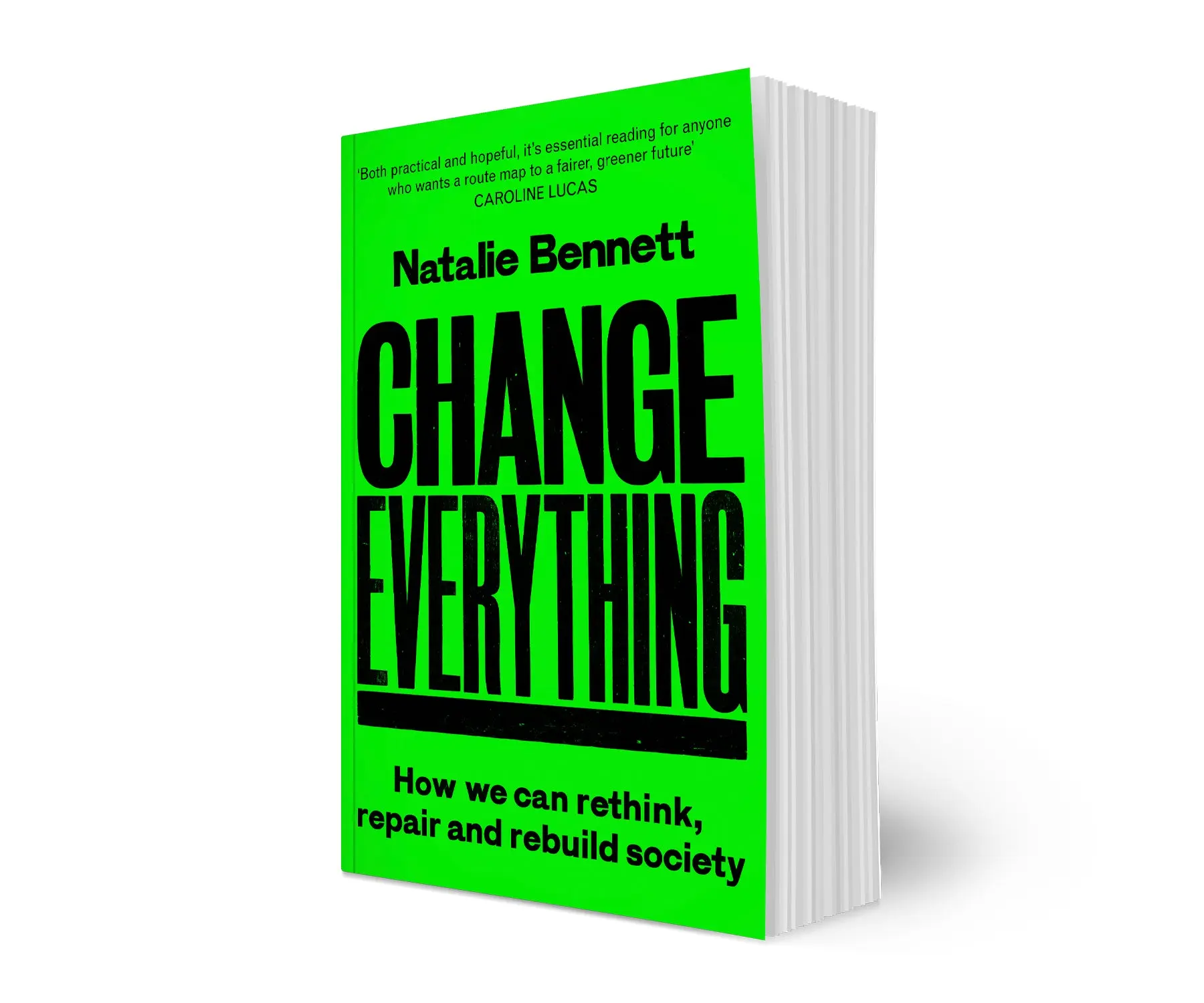From today’s DNB email: “There is some evidence to suggest that Godwine [father of Henry II of England] was the son of the late tenth-century renegade and pirate Wulfnoth of Sussex, who had rebelled spectacularly against Aethelred the Unready and had purloined his fleet; and judging from the location of Godwine’s estates it does appear that the family had long been established as thegns in Sussex and Hampshire.”
__________________
A blog by Natalie Bennett
This is my personal blog. For political matters see here.My Substack
You might also like my weekly email Substack, at the intersections of science, history and politics here.__________________
I've written a book!
It's called Change Everything: How We Can Rethink, Repair and Rebuild Society. More at publisher Unbound.Search this blog
Archive
Categories

 About
About